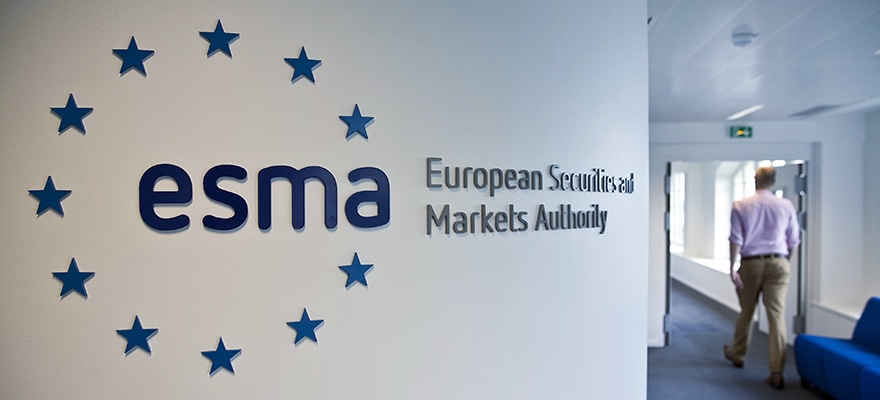The World Federation of Exchanges (WFE) published an open letter to Steven Maijoor, the chairman of the European Securities and Markets Authority (ESMA ), on Monday.
The letter pertains to a consultation paper put out by ESMA last month, in which the regulatory body detailed its plans for creating a consolidated tape in the EU.
Unsurprisingly, the WFE is opposed to the plan. The trade association represents nine Exchange groups in the EU. Those companies operate forty equities venues and account for 76 percent of trading volumes in the pan-European bloc.
Exchanges have generally opposed creating a consolidated tape in Europe, seeing it as expensive and unnecessary.
Under MiFID II, which was introduced in January of last year, exchanges were given a chance to ‘voluntarily’ create one. This has not happened.
“If a business case existed to develop a [consolidated tape provider] (as provided for in legislation) in the EU, it would have emerged from an existing market data vendor or even a new entrant,” said WFE CEO Nandini Sukumar in her letter to Maijoor.
“However, it has not. We attribute this to the lack of a regulatory use case and poor data quality from non-exchange venues.”
High costs, big bucks
Responding to other suggestions, put forward by ESMA, that market data prices be controlled, Sukumar noted that - even though they complain about costs - firms make huge sums of cash by paying for exchange data.
“In 2018, the top five banking groups trading on EU equity markets reported revenues of €5.7 billion from their EMEA equity trading businesses; this contrasts with market data revenues of €245 million from the major EU exchanges,” said the WFE CEO.
“The value of market data thus ought to be seen through the prism of the value it represents to those professionals and institutions who make commercial use of it. They are not obligated to consume this data but do so because of its quality, reliability and the commercial returns it can generate.”

















